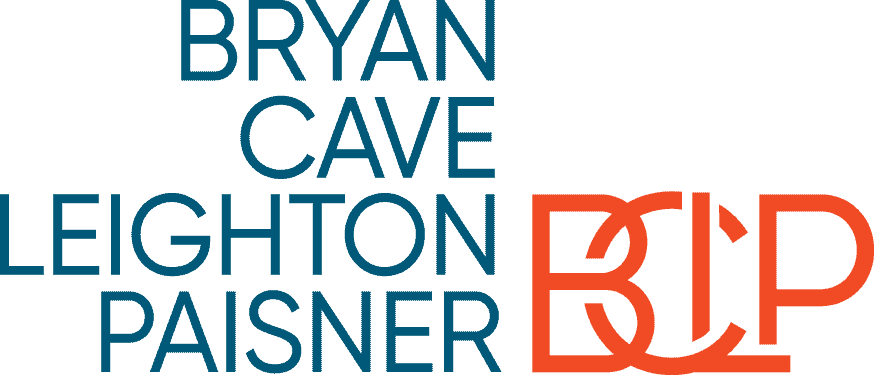
Don’t Forget to Consider Deposits in an Acquisition
Brought to you by Bryan Cave Leighton Paisner

 With many U.S. markets experiencing slow loan growth, some boards of directors looking to increase the size of their institutions have turned to acquisitions to capture greater scale and efficiencies. While asset growth is important, directors should also consider the deposits acquired as part of a merger. Many banks have found that a careful evaluation of the deposits of the selling bank can spot unexpected issues and also drive earnings for the combined institution. The issues and opportunities raised by the liability side of the balance sheet have implications for both buyers and sellers going forward, particularly as they seek to maximize the scope and franchise value of their institutions.
With many U.S. markets experiencing slow loan growth, some boards of directors looking to increase the size of their institutions have turned to acquisitions to capture greater scale and efficiencies. While asset growth is important, directors should also consider the deposits acquired as part of a merger. Many banks have found that a careful evaluation of the deposits of the selling bank can spot unexpected issues and also drive earnings for the combined institution. The issues and opportunities raised by the liability side of the balance sheet have implications for both buyers and sellers going forward, particularly as they seek to maximize the scope and franchise value of their institutions.
Gaining Deposit Share and Margin
With many growth opportunities centered in more densely-populated areas, some financial institutions plan to use an acquisition to establish a “beachhead” in a growing market. Unfortunately, many have found that a beachhead may not be enough, particularly with ferocious competition for quality loans in many metro markets. Other banks have taken a different approach by either consolidating market share in their home or adjacent markets, or by acquiring banks in rural areas that have solid earnings performance. For these banks, acquiring lower-cost deposits in slower-growth markets may help generate earnings that can fund loan growth in more competitive markets. What’s more, some banks have been able to diversify their CRE-heavy loan portfolio by picking up agricultural and other types of lending products through these acquisitions.
Managing Interest Rate Risk
An unfortunate side effect of the flat interest rate environment is increased interest rate risk linked to locking in loan rates or investment securities over a significant duration. While this widely forecasted period of rate volatility has not yet occurred, regulators continue to emphasize preparedness for interest rate swings in recent examinations. As a result, banks that have taken on significant amounts of longer-term assets may look to banks with a stable base of local customers with less rate sensitivity and see a way to not only grow their institution, but to also mitigate interest rate risk. A profitable base of “homegrown” loans and deposits can be attractive to a buyer for a variety of reasons, particularly if it can help reduce the acquirer’s existing risk profile.
Knowing Your Customers
Considering the heightened number of compliance-related issues in recent years, many acquirers should consider devoting more upfront diligence to the seller’s deposit portfolio than in the past. The following areas are notorious for adding significant expense and execution risk to any transaction.
- Bank Secrecy Act (BSA): In the wake of the Department of Justice’s Operation Choke Point, a prospective buyer should take a close look at the deposit customers served by a seller. For example, should due diligence indicate that the seller has a number of payday lenders, offshore or international accounts, or payment processors as customers, the acquirer should immediately assume that a deeper dive into the seller’s BSA compliance program will be warranted before entering into the merger agreement. Regulatory and consumer issues relating to BSA can prove costly and time-consuming to resolve, so identifying a potential stumbling block early can save the acquirer significant transaction costs.
- Community Reinvestment Act (CRA): Considering a renewed emphasis on CRA-related matters by regulators as part of recent merger applications, a perfunctory review of the seller’s CRA exam history may not identify all potential regulatory obstacles. Depending on the character of the loan and deposit portfolios of the respective institutions, additional analysis may be required to find any issues that might arise on a combined basis in order to avoid a costly delay in obtaining regulatory approval.
Considering the significant rate and margin pressure faced by many banks, it is of little wonder that deposit issues have taken on increased importance in M&A deals in recent years. For buyers, evaluating a potential merger partner should not end simply after a credit review of the loan portfolio, as the deposit portfolio can have a significant impact on the earnings of the combined institution. And for potential sellers, including those in slower growing markets, having a portfolio of low-cost, local deposits can make the institution more attractive to buyers and potentially increase the return to shareholders. In each case, successfully managing the incremental costs and benefits associated with a deposit portfolio can prove crucial to the success of a potential merger.

